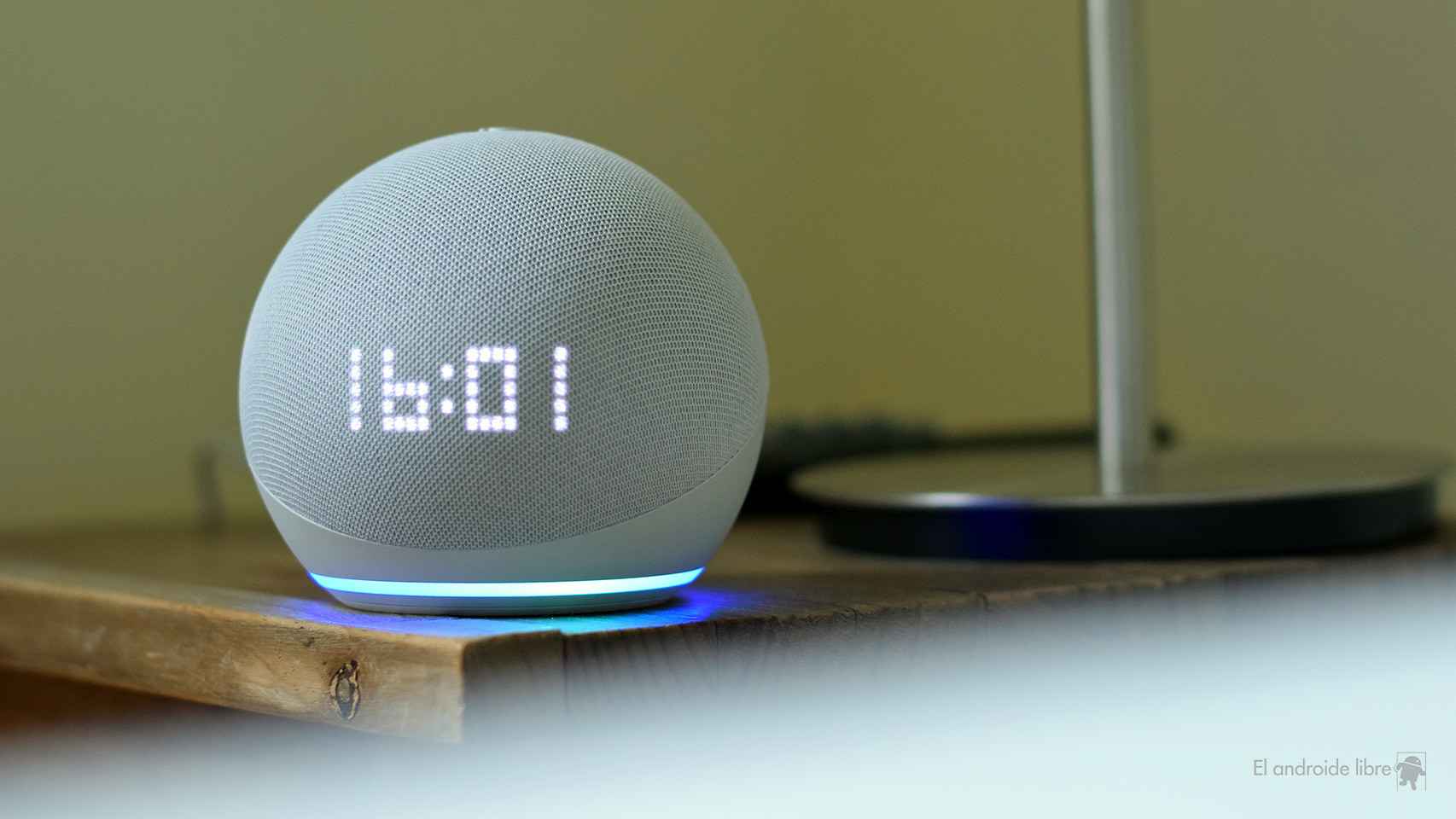Although mobiles don’t evolve as much as they once did, they can still surprise us. Over the past few weeks, we’ve had the opportunity to analyze some of this year’s best phones, and we’ve even taken them up against them.
Today we want to focus on another comparison, that of cameras with zoom increasessomething that is not particularly new, but has returned to the present after the decision of some brands like Apple, Xiaomi or Google to zoom by cutting the sensor.
Until now the normal thing was to do it digitally or optically, but now we have a third way.
Motorola opts for native zoom
Of the three models we used in the comparison, the Motorola Edge 30 Ultra It is the only one that has a 2x optical sensor, something rare compared to other models with 3x and 5x magnification, but very valid for taking portraits.
The quality it offers us is quite good, although it does not reach the level of its other two cameras, with superior sharpness and resolution.
Xiaomi and Pixel go for the cut
Both Xiaomi and Google have joined the trend of creating zoom by removing the main sensor, which Apple also did in the iPhone 14 Pro this year.
In this way the Pixel 7 Pro
Pros and cons
Although you have the conclusions and examples in the video, we wanted to show you the photographs in a gallery so that you can easily see the differences yourself.
Note that the treatment is very different in the three, which varies the result a little, but we can say that the three approaches make sense and that they win depending on what we are going to do with them.
Personally, I thought I was going to opt very clearly for the zoom chosen by Motorola but, even if it remains my favorite because of its way of capturing the image and the background/subject ratio, I must admit that both Google and Xiaomi does this well enough not to write off your phones just for not having a real optical zoom.
You may be interested
Follow the topics that interest you
Table of Contents









